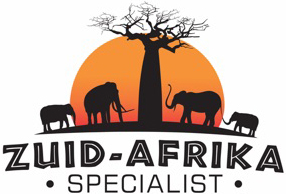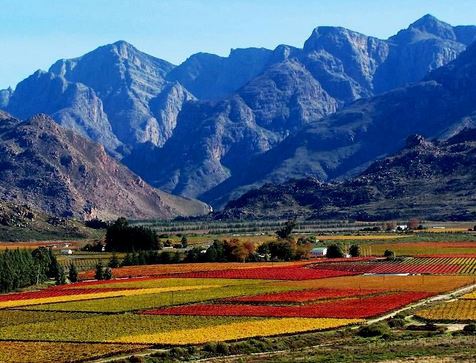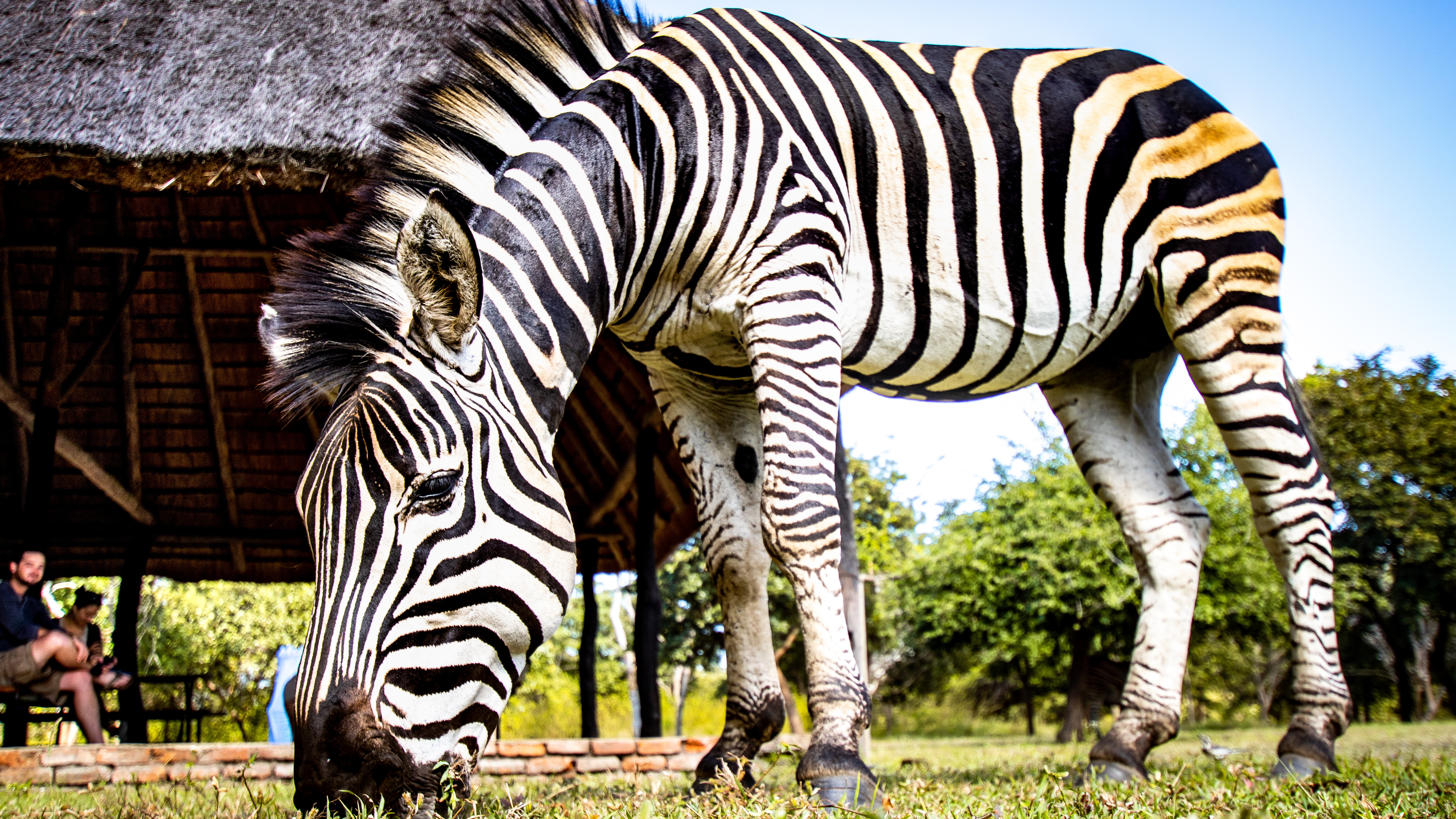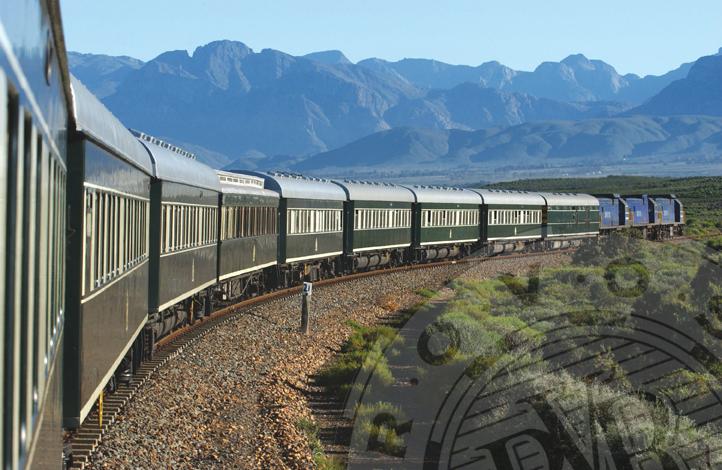Gaborone
Gaborone is the capital and also largest city of Botswana and is located in the south-east of the country near the border with South Africa. There are excellent facilities for tourists, but it is not a bustling city and many people just drive through it during their journey.
When Botswana became independent in 1966, Gaborone was chosen as the capital of the country (then called Gaberones, a small village). Gaborone was chosen among other things because of its location near the railway to Pretoria and the fresh water of the Notwane River. The city still had to be built and that was done according to the ‘Garden City principles’ which means that pedestrian paths and open spaces were laid in the new city.
To the south of the city lies the Gaborone Dam, the largest dam of Botswana and of great importance for the water supply of Gaborone and Lobatse. The dam is also increasingly becoming a recreational function for fishing, bird watching, windsurfing and boat trips. It is better not to swim here because of the presence of crocodiles and bilharzia.
The vast majority of tourists who visit Botswana only use Gaborone as a stop to refuel gas, withdraw money and stock up on food. If you do spend a little longer in or around Gaborone, there are a number of nature reserves that you can visit. To the east of the city lies the Gaborone Game Reserve which is popular among bird watchers. But in the 600 hectare reserve also live impala, kudu, ostrich, wildebeest, zebra, moose, boar and many different goats. Twelve kilometers south of Gaborone you will find the Mokolodi Nature Reserve where rhinos, hippos, kudu, zebras, giraffes, moose, ibex and many other animals live. The park participates in wildlife projects aimed at the reintroduction of the white rhino and the reinstallation of cheetahs.The fixed majority of tourists who visit Botswana only use Gaborone as a stop to refuel gas, withdraw money and stock up on food. If you spend a little longer in or around Gaborone, there are a number of nature reserves that you can visit. To the east of the city lies the Gaborone Game Reserve which is popular among bird watchers. But in the 600 hectare reserve also live impala, kudu, ostrich, wildebeest, zebra, moose,
For those who want to see Gaborone and its surroundings, the top of Kgale Hill (also known as Sleeping Giant) is a good vantage point. A trip to the top takes about 2 hours, this hill with a height of 1287 meters is located just outside the city.



